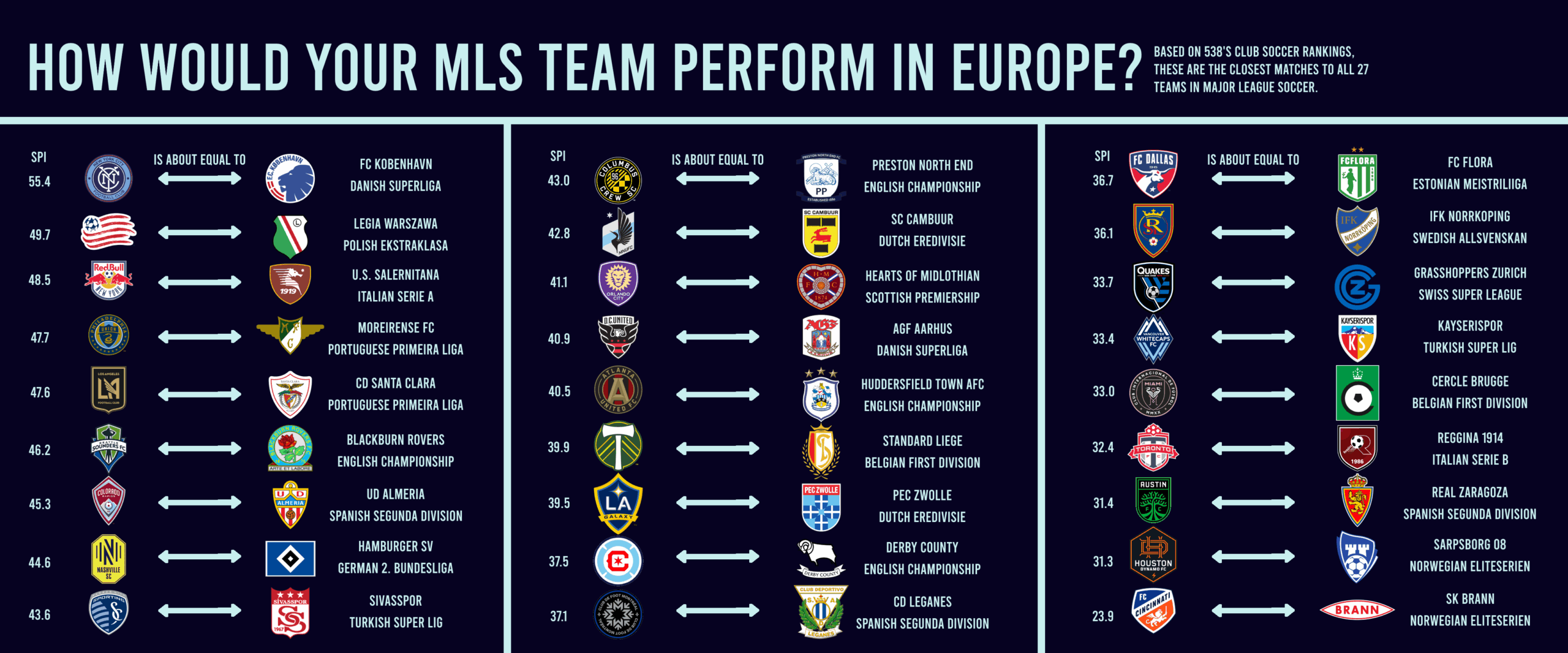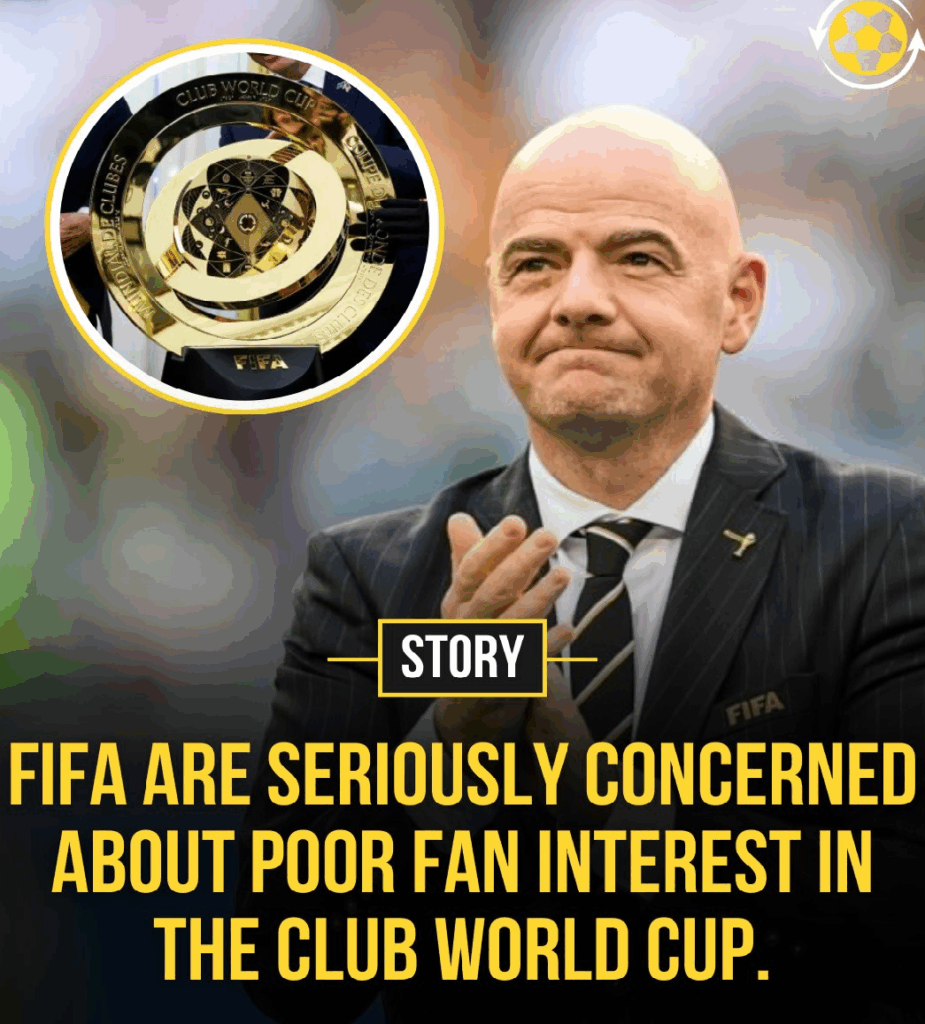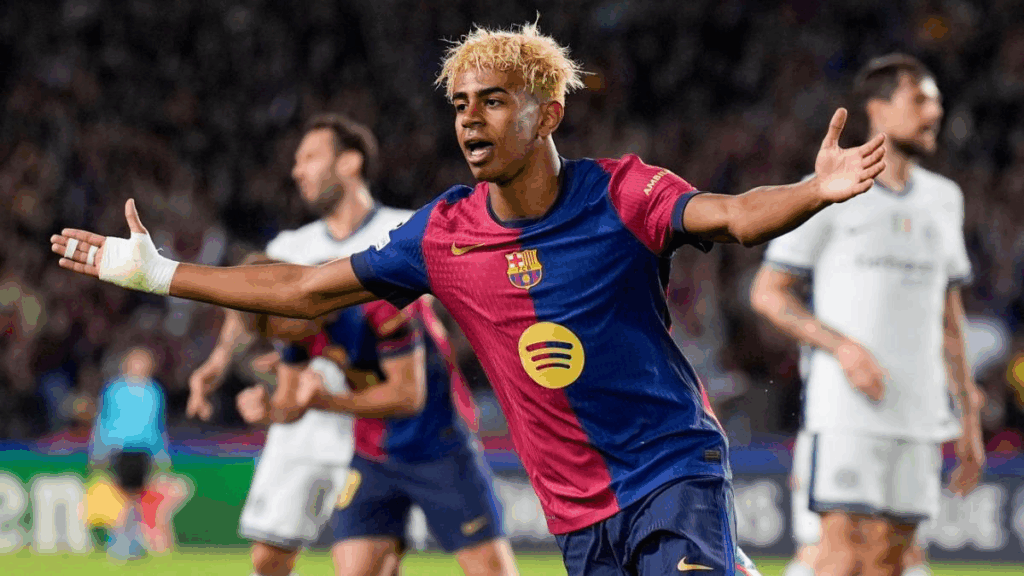When Rafael Benítez talks about the structure of a football club in England and Spain, you don’t just hear tactics. You hear the machinery behind the pitch — the hierarchy, the politics, the tug of war between vision and reality. Few managers have navigated both systems as deeply as he has, and his career offers a rare inside view of how these two football cultures actually function.
Two Football Worlds, Two Blueprints
In England, the modern Premier League club is often the property of a private investor or consortium, many of them foreign. The club is not just a local pride — it’s an asset, a global brand. Decisions at the top are driven by return on investment, league position, and the international market. When a billionaire buys a club, they want results yesterday, and that shapes everything from transfer strategy to how much patience the manager is afforded.
In Spain, the structure of a football club is more nuanced. Giants like Real Madrid and Barcelona are socios clubs, owned by their members who elect a president. That means leadership is part football, part politics. Presidents run on election promises, transfer rumors become campaign tools, and coaches must manage expectations both on the training pitch and in the voting booth. Outside the giants, many clubs are privately owned, but the cultural DNA remains: community, identity, and a strong belief in the academy.
Benítez has thrived — and suffered — in both environments. His journey makes it clear how deeply a club’s structure shapes a manager’s daily reality.
The Structure of a Football Club in England and Spain: The Chain of Command
In any football club in England or Spain, the hierarchy is layered.
At the top, the President or CEO sets the long-term direction. In England, this may mean corporate boardrooms and quarterly reports; in Spain, a president might answer in the same press conference about academy prospects and marquee signings.
Below sits the Sporting Director — a role that has transformed the structure of football clubs worldwide. Twenty years ago in England, the manager often controlled recruitment. Today, the Sporting Director bridges ownership and coaching staff, overseeing transfers, contracts, and squad planning. In Spain, the role is often rooted in tradition, with ex-players at the helm; in England, you’ll find more diversity — former players, analysts, strategists, even finance experts.
Benítez is clear: unless the Sporting Director and manager have defined, complementary responsibilities, the structure collapses under its own weight.
The Manager’s Sphere
For Benítez, the manager’s space is sacred: preparing the team, drilling tactics, building trust. But the degree of freedom depends on the club’s structure.
At Liverpool, under American ownership, he navigated transfer committees and a defined budget hierarchy. At Valencia, he worked in a model that prized tactical discipline and youth development but was sensitive to political pressure from the president and supporters.
In England, a bad month can cost you your job. In Spain, a single disagreement with the president can have the same effect.
Transfers: Quick Fix vs. Slow Build
This is where the structure of a football club in England and Spain shows its true identity.
In England, the transfer market often serves as the quick fix. Owners demand rapid upgrades; big signings serve both sporting and marketing purposes — shirt sales, global buzz, instant headlines.
In Spain, especially in socios clubs, transfers are tied to identity and politics. The academy isn’t just a resource; it’s part of the club’s soul. Selling a homegrown player can shake the community. Signing a superstar can win votes as well as matches.
Benítez has built title-winning squads both ways: Valencia’s blend of youth and smart acquisitions, Liverpool’s mix of targeted signings and tactical cohesion.
The Hidden Departments That Win Matches
A modern football club is a multi-department machine:
- Data and Analytics — Identifying undervalued talent and tactical advantages.
- Medical and Performance Units — Managing player workload, recovery, and injury prevention.
- Psychology and Nutrition — Aligning mental and physical states with tactical demands.
Benítez embraced these tools early, integrating performance science with his tactical methods.
The Benítez Lessons
From his career, a few structural truths emerge:
- Define roles at the top. Sporting Director and manager must have clear, complementary jobs.
- Balance short-term results with long-term strategy. Owners may want instant success, but sustainable clubs invest in academy and identity.
- Communicate with stakeholders. In England, that means transparency from ownership; in Spain, political dialogue with members.
- Unify departments. Data, medicine, psychology — all must work in sync with the coaching philosophy.
Why Structure Matters More Than Ever
Football is entering a new era. Multi-club ownership groups are reshaping recruitment. Financial rules are tightening. Both English and Spanish clubs face the same truth: spending alone doesn’t guarantee success, and tradition alone can’t keep you competitive.
The structure of a football club in England and Spain is no longer just background detail. It’s a competitive weapon — or a weakness. Benítez’s career proves that tactical genius counts for little without a system that supports it from boardroom to boot room.
Football isn’t only played on the pitch. It’s built in the corridors, the meeting rooms, and the invisible connections between departments. Get the structure right, and the football will follow.








